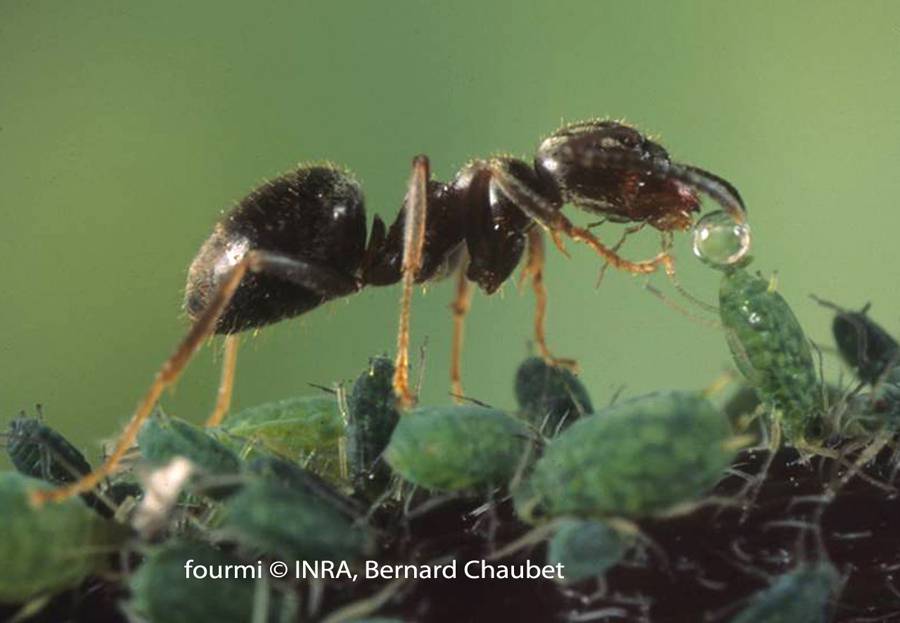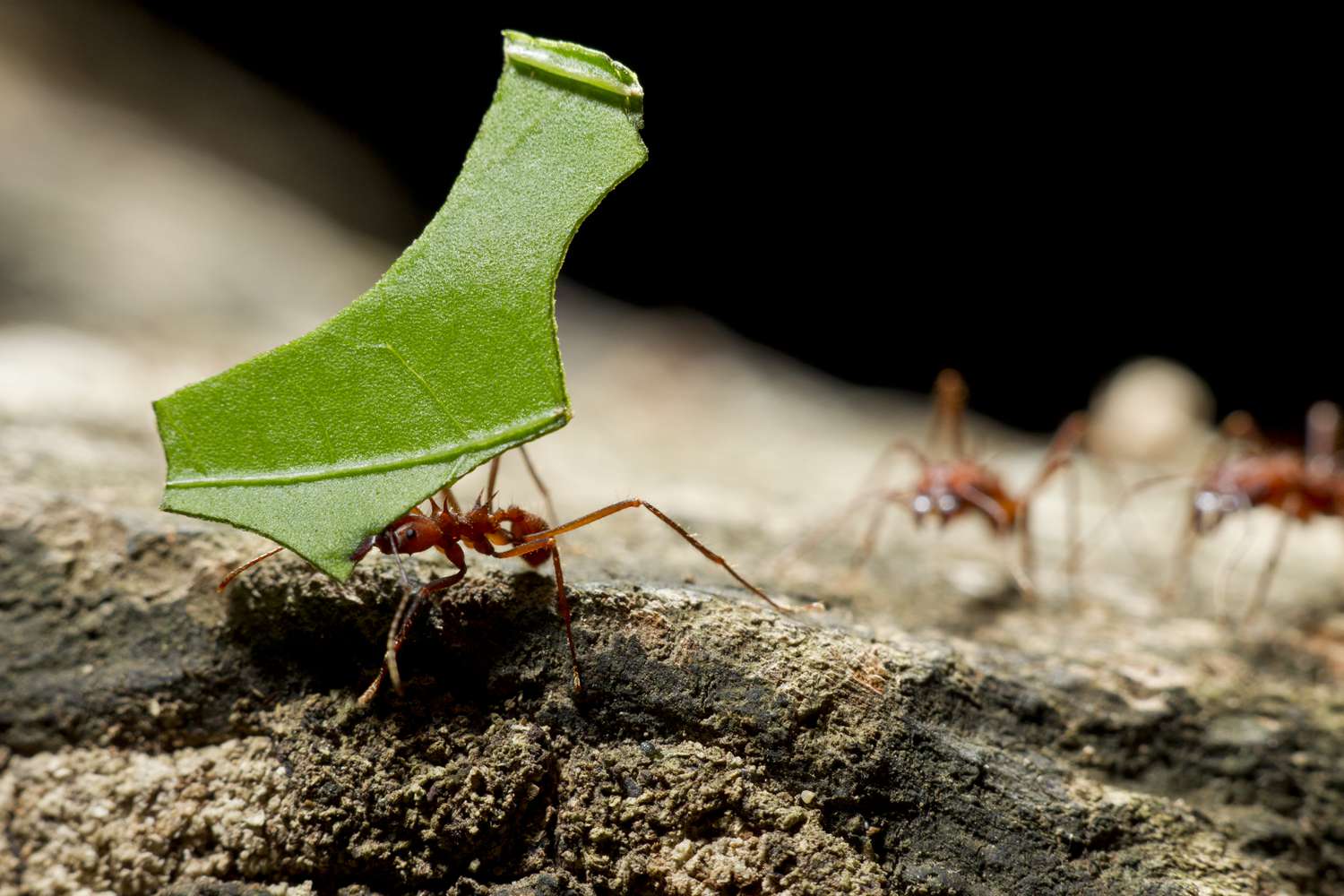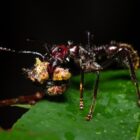How do acrobat ants farm aphids?

Crematogaster scutellaris, commonly known as acrobat ants, engage in a fascinating form of farming symbiosis with aphids, showcasing a unique example of ant agriculture. This intricate relationship involves the ants tending to aphids, effectively “farming” them for their sugary excretions, called honeydew.
Aphid Protection and Care
Acrobat ants engage in a form of agricultural activity by farming aphids. The ants tend to aphid colonies, protecting and nurturing them, akin to livestock farmers tending to their herds. Aphids, in turn, secrete a sugary substance known as honeydew, which serves as a valuable food source for the ants.
The acrobat ants establish a protective environment for the aphids. They defend them from predators and parasites, such as ladybugs or lacewings, which might prey on the aphids. In return, the aphids provide a consistent supply of honeydew, a sugar-rich substance derived from the sap they extract from plants.
Tending Aphid Colonies
The tending of aphid colonies by Crematogaster scutellaris ants involves a meticulous and dynamic process that underscores the ants’ sophisticated agricultural behavior. The ants exhibit a nuanced understanding of aphid farming, showcasing an intricate level of care and strategic placement to ensure optimal honeydew production.
These ants, much like caretakers overseeing their livestock, monitor and tend to the aphids diligently. They actively transport and relocate aphids to suitable feeding sites on specific plants. This movement and relocation of the aphids by the ants aim to optimize honeydew production, positioning the aphids on plants that are conducive to their sap-sucking activities and favorable for honeydew excretion.
Moreover, the ants actively regulate and protect the aphid colonies from potential threats, including predators or environmental stressors. They ward off natural enemies such as ladybugs or lacewings that could pose a risk to the aphids’ well-being. This protective behavior not only benefits the aphids but also ensures a continuous and reliable supply of honeydew, a vital food source for the ants.
Honeydew as a Food Source
The relationship between acrobat ants and aphids is primarily centered around the production and consumption of honeydew. Honeydew, the sweet, sticky substance secreted by aphids as they feed on plant sap, serves as a vital and valuable food source for the ants. This sugary excretion is rich in carbohydrates and provides an essential energy source for the ants in their foraging and daily activities.
For the acrobat ants, the collection and consumption of honeydew is a crucial aspect of their nutrition. The sugars present in honeydew offer an immediate energy supply, vital for the ants’ metabolic needs.
Additionally, honeydew may contain amino acids, vitamins, and minerals derived from the plant sap processed by the aphids. These nutrients are beneficial for the ants, supplementing their diet and contributing to their overall health and survival.
Food for the entire colony
Acrobat ants not only consume honeydew directly but also share this resource within the colony, feeding it to other nest-mates, including larvae and queen ants. The energy obtained from honeydew intake fuels various activities within the ant community, supporting foraging expeditions, colony maintenance, and caring for the brood.
A consistent and nutrient-rich food source like honeydew obtained from their aphid partners is critical for the ants’ survival, particularly during periods when alternative food resources might be limited or during times of high energy demand, such as during the rearing of new brood or in inclement weather conditions.
The symbiotic farming practices of Crematogaster scutellaris ants with aphids represent a remarkable form of mutualism and agricultural behavior in the animal kingdom. The intricate and coordinated efforts of the ants in protecting, relocating, and nurturing the aphids, in exchange for a valuable food source, illustrate the complexity and sophistication of cooperative relationships in nature.
First Report on the Acrobat Ant Crematogaster scutellaris Storing Live Aphids in Its Oak-Gall Nests










